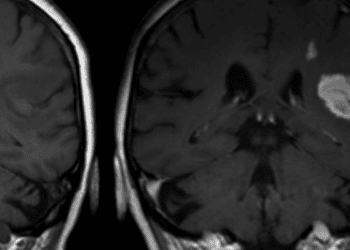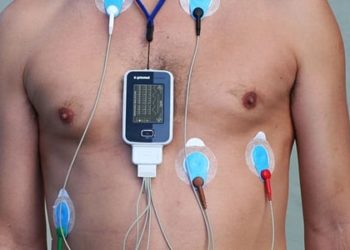Few high school students, young adults get HIV testing
1. Approximately one quarter of sexually active high school students, and one third of young adults, report ever having been tested for human immunodeficiency virus (HIV). This rate has not changed significantly among high school students from 2005-2013.
2. From 2011-2013, there were significant decreases in HIV testing rates among black and white young adult females.
Evidence Rating Level: 2 (Good)
Study Rundown: Persons aged 13 to 24 years are a small proportion of the US population but make up over a quarter of new HIV infections annually. Adolescents and young adults also live with the highest proportion of undiagnosed HIV cases. To better capture this population, many organizations, including the Centers for Disease Control and United States Preventative Services Task Force, have encouraged HIV screening of all patients aged 13 to 64 years. To determine if HIV testing trends have changed since these recommendations, researchers in the current study investigated testing rates among high school students and young adults. From 2005-2013, this study found no significant change in HIV testing rates among high school students. The lowest rates of testing were noted among white males, while the highest were among black females. Among young adults during 2011-2013, there were significant changes in trends. There was a significant decrease in HIV testing rates among both black and white young adult females. There was no significant change in testing prevalence among white males. These results indicate the need to strengthen adherence to new testing recommendations, and test all adolescents and young adults regardless of risk. While this study highlights an important trend requiring significant attention, the results are limited by potential self-report bias.
Click to read the study, published today in Pediatrics
Relevant Reading: Screening for HIV: U.S. Preventive Services Task Force recommendation statement
Study Author, Ms. Michelle Van Handel, MPH, talks to 2 Minute Medicine: Centers for Disease Control and Prevention, Division of HIV/AIDS Prevention.
“Provider recommendation is one of the most important factors in getting young people screened for HIV infection. This article highlights important recommendations for health care providers to screen all adolescents and adults for HIV infection, regardless of risk, and shows that provider implementation of these recommendations is needed to increase testing among young people.”
In-Depth [retrospective cohort study]: To assess HIV testing trends among high school students, this study used the Youth Risk Behavior Survey (YRBS), which included responses from students in both public and private high schools, from 2005-2013. To capture young adults ages 18 to 24, this study included data from the Behavioral Risk Factor Surveillance System (BRFSS) from 2011-2013. Average annual sample sizes included 14 675 high school students and 21 790 young adults. During 2005-2013, 22% of sexually active high school students had ever been tested for HIV. Seventeen percent of male and 27% of female sexually active students were ever tested. There was no significant change in trends over the study period. Among 18-24 year olds from 2011-2013, 33% had ever been tested for HIV. Twenty-seven percent of young adult males had ever been tested, with no significant change over the study period. There was a significant decrease in HIV testing prevalence among young adult white females from 37.2% in 2011 to 33.9% in 2013 (p = .02) and young adult black females from 68.9% to 59.9% (p = .002), respectively.
Image: CC/Wiki/JRobertoTrujilo
©2015 2 Minute Medicine, Inc. All rights reserved. No works may be reproduced without expressed written consent from 2 Minute Medicine, Inc. Inquire about licensing here. No article should be construed as medical advice and is not intended as such by the authors or by 2 Minute Medicine, Inc.







